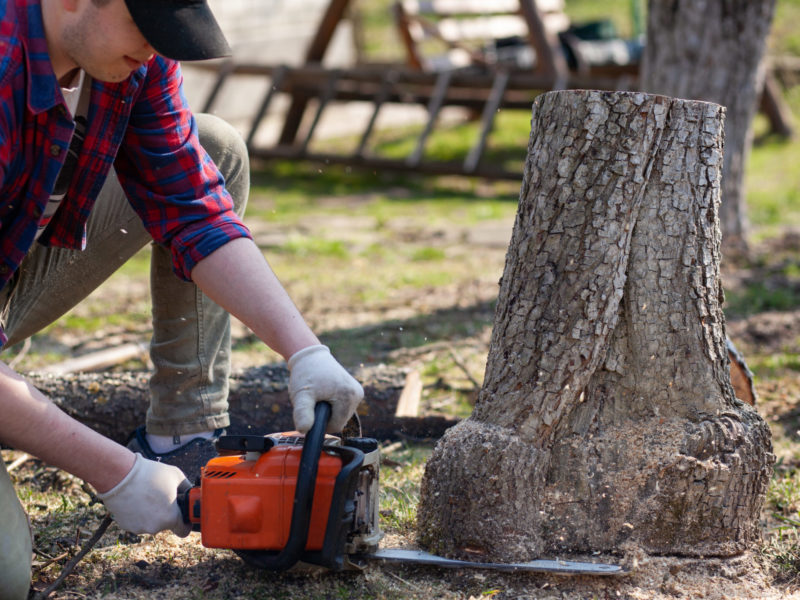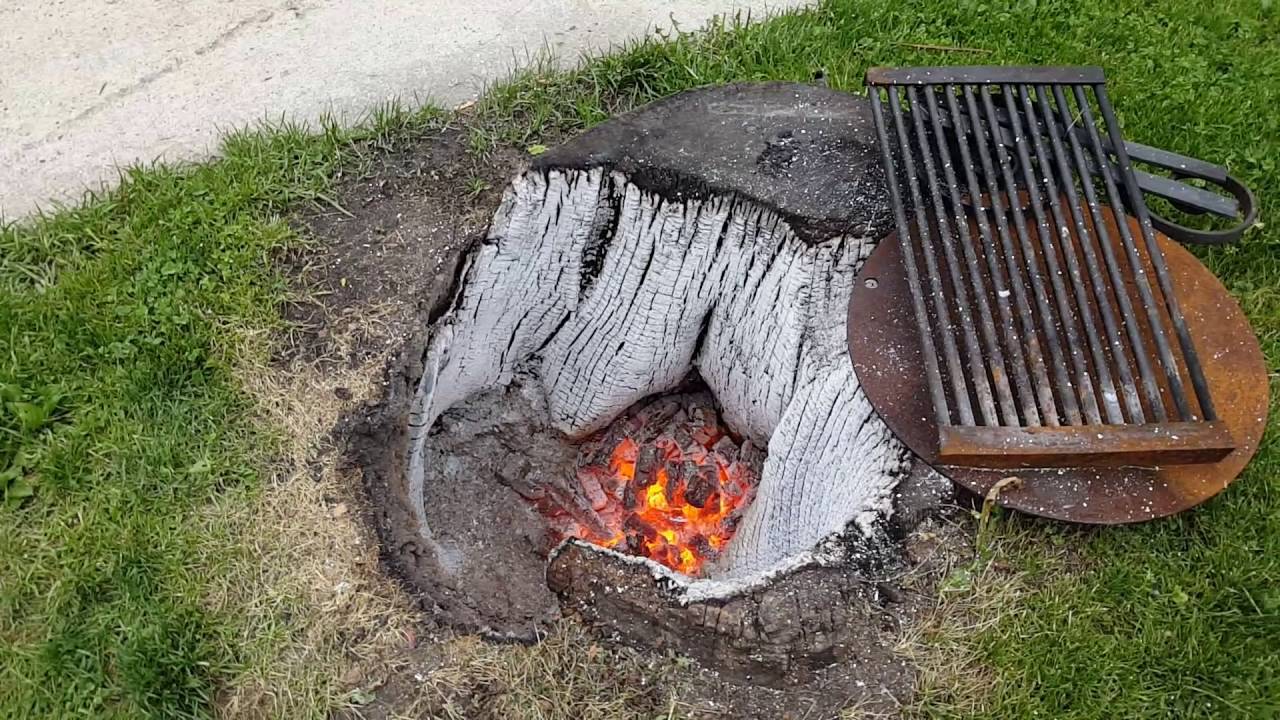STUMP REMOVAL: HOW TO GET RID OF TREE STUMPS
After the recent storm damage over these past few weeks, I thought this information might be helpful.
Stump Removal: 4 Ways to Get Rid of Tree Stumps
A tree in your landscape can be a thing of beauty. But after it’s gone, the stump left behind is not so beautiful. It’s a tripping hazard, can damage your lawn mower as you try to mow around it, attract insects, and let’s face it — sawn-off trunks just don’t look great! Stump removal is your only option.
But unfortunately, removing that stub of a tree that’s left is more difficult than you might think. It’s connected to a root system that once anchored a tree, keeping it upright in all kinds of wind and weather. In fact, the root system of most trees roughly mirrors the size and height of the tree itself, spreading as far out and down as the branches reached out and up.
After the tree is gone, those roots are still attached to the stump, clamping it firmly in place in the ground. The roots will eventually decay, returning nutrients to the soil, but the stump itself can take as long as 10 years to break down. Do you really want to work around that eyesore for the next decade?
Unless you lead with your checkbook, there’s nothing “easy” about stump removal. But if your willing to trade-off waiting time for expense, there’s a number of ways to eliminate the stumps for very little cost. Here are a few different methods to choose from.
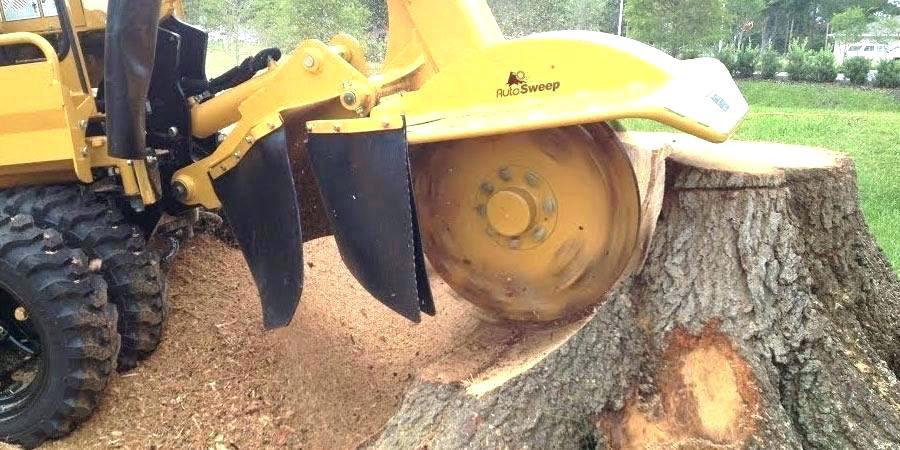
Stump Grinder
The most common method of stump removal is grinding, but that job is about as far from DIY as you can get. You’ll need to hire a tree service who’ll use a specialized stump grinder, a machine resembling a torture machine from the scariest horror movie you can imagine. The toll features a spinning circular grinding blade that is plunged into the ground again and again to chew up the stump and reduce it to sawdust.
It happens fast, but the average cost for having a stump ground is $300, and prices can go as high as $900. If you have several stumps to deal with, you can pay an hourly rate, but at $150 or more an hour that can add up quickly.
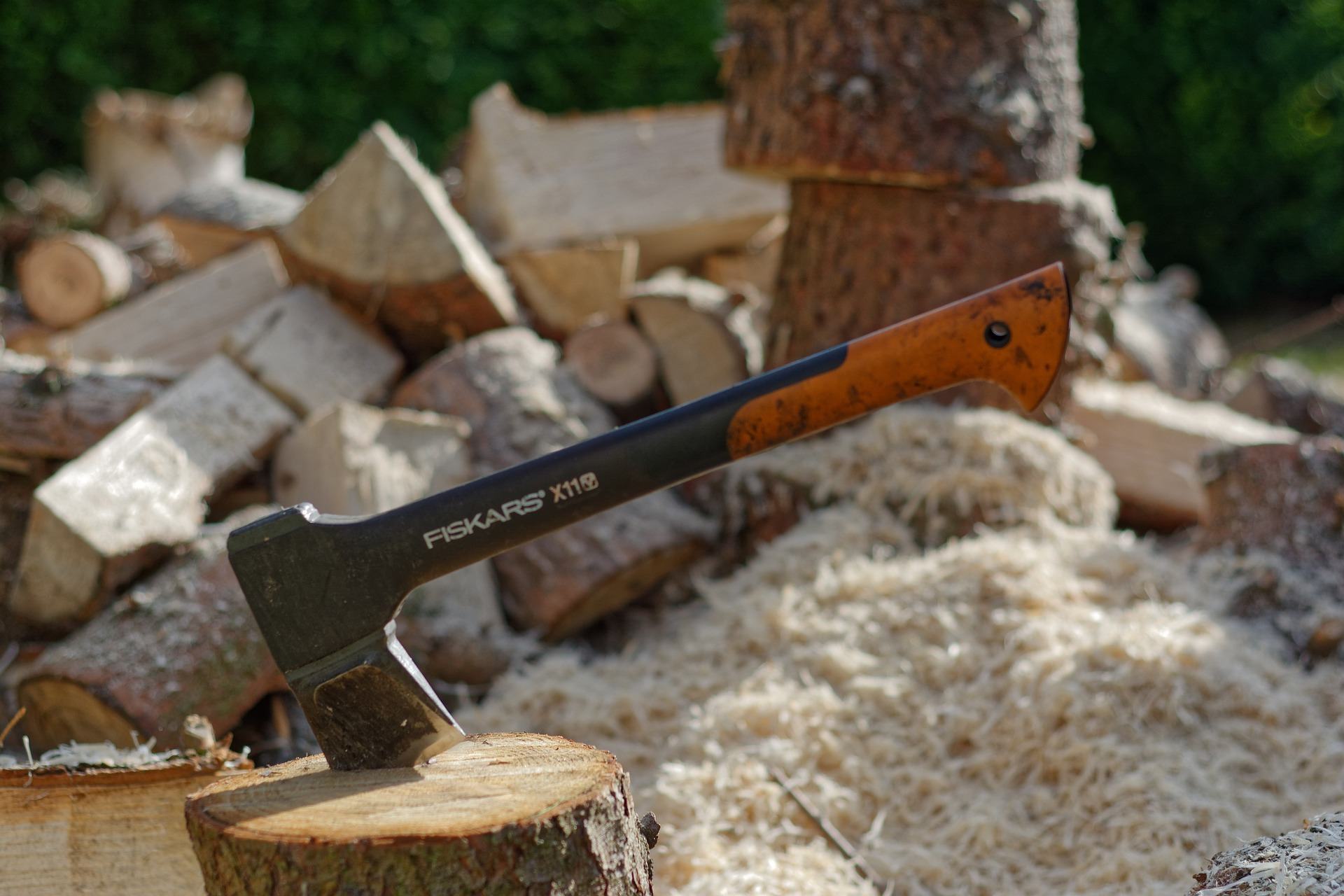
Manual Tree Stump Removal
For the hearty do-it-yourselfer, digging out a medium-to-small sized stump can be done in an afternoon. Here are the steps.
- Dig around the stump with a pointed shovel to expose the roots. Extend the hole a few feet out from the stump to give yourself room to maneuver.
- Cut through the exposed roots. It helps to have a variety of tools on hand, to get through compacted soil and different sizes of roots. Good tools for this part of the project include a lopper, pruning saw, ax, and digging bar.
- Continue to work your way through roots and soil until you can rock the stump back and forth.
- Push the trunk to one side with a pry bar and cut through the exposed roots. Repeat, making your way around the trunk to get at the roots on all sides.
- Continue until the root ball is cut free. Remove and fill the hole with soil.
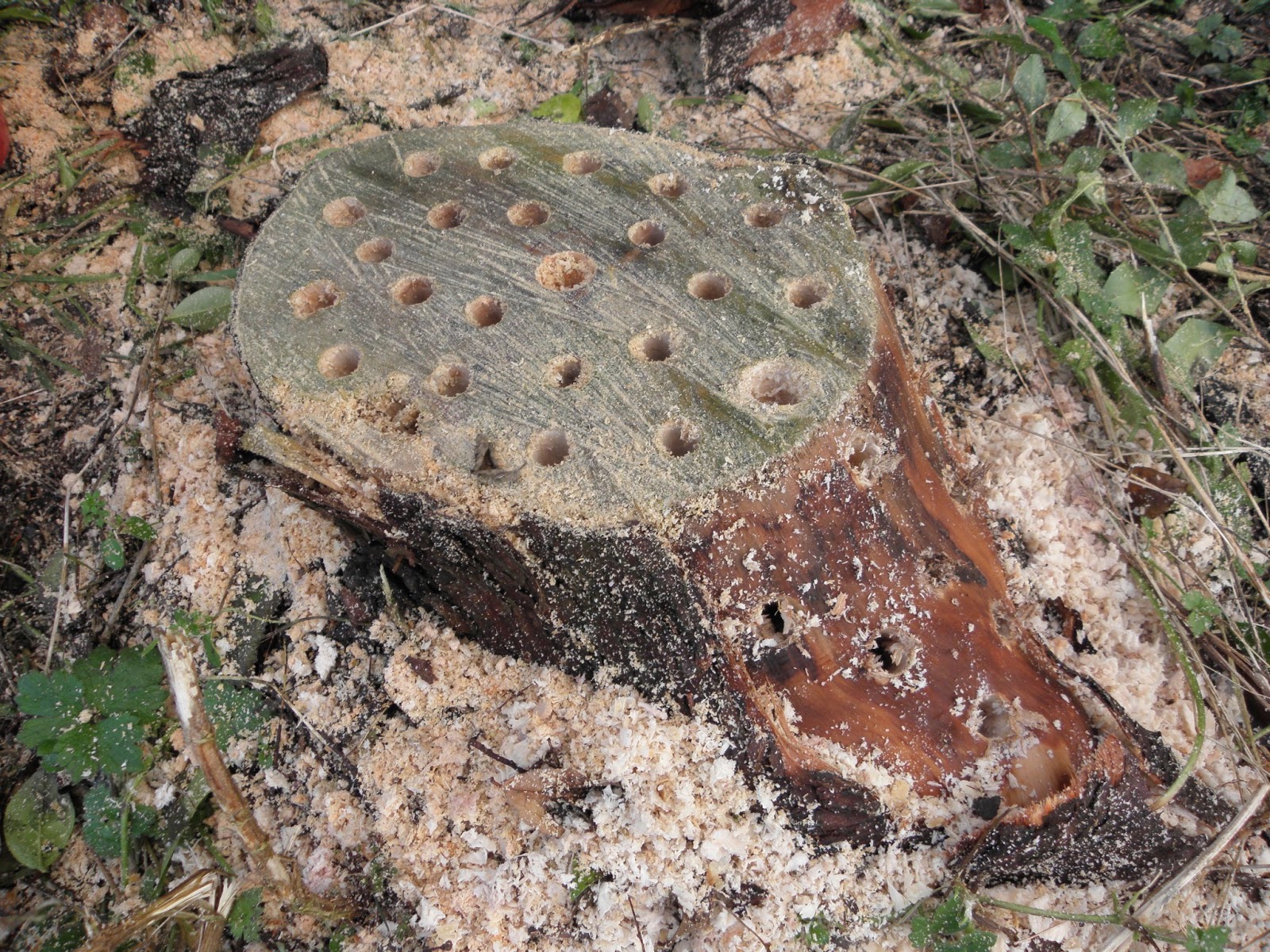
Chemical Tree Stump Removal
Stump removal chemicals are sold online and in Home improvement stores. They generally contain potassium nitrate, which speeds up the microbial process of decomposition. They may be in liquid form or a powder, to which you add water. You will want to keep kids and pets away while the chemical is doing its work.
- Purchase stump removal product.
- With a chainsaw, cut off the stump as close to the ground as possible.
- Drill multiple 1′ holes 10″ deep in the top of the stump. Drill a few more holes slanting inward from the side of the trunk. These will provide air to help fuel decomposition.
- Pour the chemical in the top holes, according to directions.
- Cover the stump with a tarp and wait 4-6 weeks. The wood will become spongy.
- Chop out the softened wood with an ax and fill the hole with soil. Depending on the size of the stump, you may need to repeat the steps.
Burning Tree Stump Removal
This is particularly effective when used as a second step after the chemical removal method. Instead of chopping out the remaining wood, burn it! If you’re starting your removal with fire, you’ll find that it works best on older, drier stumps. If yours was cut very recently or it is still putting out shoots then it’s still fairly green and won’t burn as well. For obvious reasons, follow all safety precautions, have a properly rate fire extinguisher handy, and keep kids and pets away from the stump as it smolders. The process is as follows:
- Check with local authorities for fire burn restrictions.
- With a chainsaw, cut off the stump as close to the ground as possible.
- Drill multiple 1′ holes 10′ deep in the top of the stump. Drill a few more holes slanting inward from the side of the trunk to intersect with the holes drilled down from the top.
- Pour kerosene or fuel oil into the holes. Do NOT use gasoline! Wait 2 weeks to let it soak through the wood. For a large trunk, repeat and wait another 2 weeks.
- Clear away debris from around the trunk and lay down bricks or rock to create a fire ring. Have a hose at the ready, as well as a large fire extinguisher rated to work on fuel oil and wood. (An ABC rated extinguisher covers all types of fires).
- Using sticks and kindling, build a fire on top of the trunk. Once lit, the fire will burn out as the sticks are consumed, but the trunk will ignite and start to smolder.
- The trunk will continue to smolder for days. Check on it a couple of times a day, and stir up the embers if needed.
- Once the fire is completely burned out and the area is cool, rake out the ashes and fill the hole with soil.
There’s no reason you have to trip over an ugly stump in your yard for the next decade. Just pick your plan of attack and evict that memory of a tree gone by.
Tom Stachler is a state of Michigan licensed real estate broker and builder working in Ann Arbor, Saline, Ypsilanti, Brighton and their surrounding communities. Call us today to put our 30 plus years of experience to work for you.
